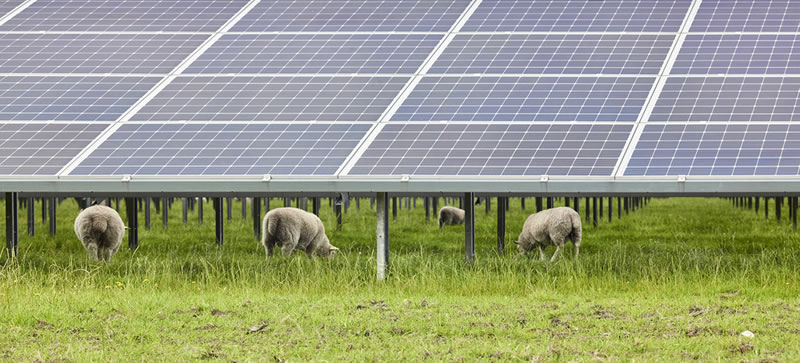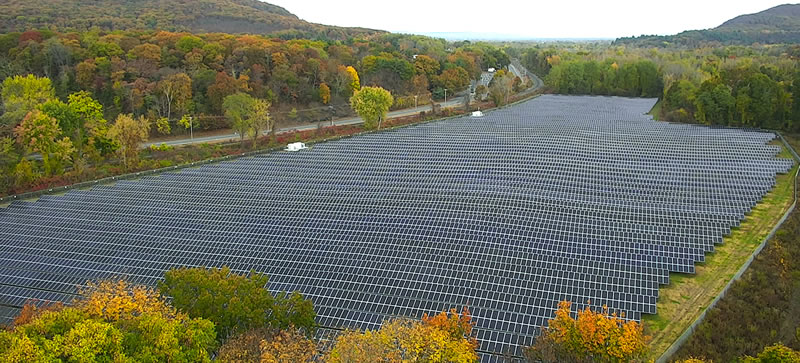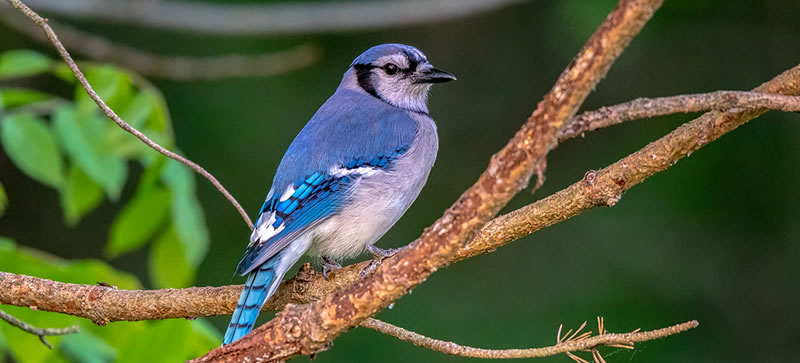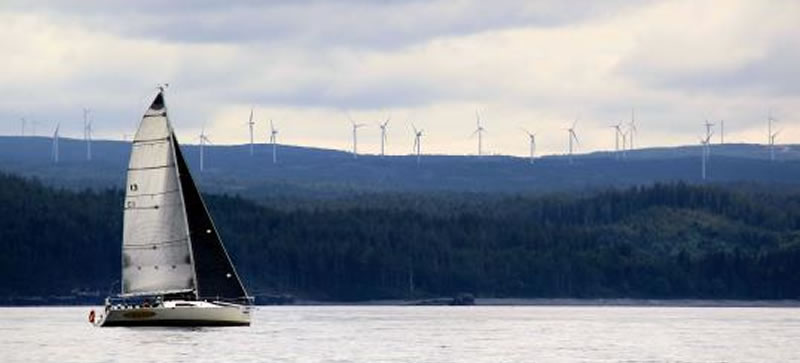Decarbonization – an integral part of sustainability
As a part of their sustainability initiatives, governments and organizations around the world are setting aggressive decarbonization goals to achieve Net Zero emissions by 2050 or before.
ENGIE aims to set the pace to decarbonize the energy industry
ENGIE has made a bold commitment in the decarbonization of our activities, setting an objective to achieve Net Zero emissions in our ways of working by 2030.
ENGIE is shaping a sustainable future for customers
ENGIE supports its customers in their energy transition. We have committed to contributing 45Mt to the decarbonization of clients by 2030, from 20Mt in 2020.
Mitigating the global erosion of biodiversity
In accordance with the United Nations Sustainable Development Goals, ENGIE North America remains committed to mitigating its impact on the global erosion of biodiversity while simultaneously taking strides to protect and improve local ecosystems and habitats. We avoid, reduce, and compensate at every opportunity.
Protecting landscapes at solar sites
ENGIE leverages several strategies to help promote local ecosystems at solar sites. Planting vegetation with pollinator benefits beneath and surrounding solar arrays expanded further in 2021 to 1,120 acres of pollinator-friendly vegetation.
Also, five additional grid-scale solar sites were completed in 2022. These habitats use low-maintenance vegetation to attract local pollinators, such as birds and bees.
Ensuring biodiversity at wind sites
ENGIE conducts and advises on the development of renewable energy projects for any potential wildlife interference risks. All projects undergo an evaluation to identify potential setbacks and other habitat features, and strategies to protect avian and bat species both during construction and in operation are subsequently developed.
Reducing our water usage
ENGIE monitors water use as part of our environmental management strategy and focuses on reducing, restoring, and replenishing. In 2021, ENGIE maintained its commitment to protecting the water supply in communities with power generation assets. We continued a trajectory to dramatically surpass our Group objective to lower water consumption from industrial activities by 35% as we increased investments in renewable energy. Divestments of several water-intensive generation resources also contributed to our significant decline in water use.
To gauge our impact, we monitor water withdrawal and consumption. Water withdrawal involves removing water from a local source, such as a lake, river, or aquifer, while water consumption is the amount of water evaporated during the generation process. In 2020, ENGIE North America achieved a 69% decrease in water consumption. In 2021, we reduced total freshwater use by nearly 34 million cubic meters and total water consumed (fresh and non-fresh water) by 0.5 million cubic meters. That’s a 77% reduction compared to 2020 data.
Evaluating our supply chain
ENGIE performs an annual analysis of suppliers to better understand the CO2 emissions of our supply chain. Purchase records from ENGIE’s global procurement system are utilized as well as CO2 conversion factors, which are based on the average emissions associated with different categories of products and services. Through this analysis, ENGIE North America estimated that 2020 purchases were associated with roughly 1.7 million metric tons of CO2.
Improving our ways of working for a greater impact
ENGIE evaluates its operations’ carbon footprint annually with the goal to reach Net Zero by 2030 in this measurement. This metric captures all the ways our employees generate emissions on behalf of the business, from business travel to office buildings.



